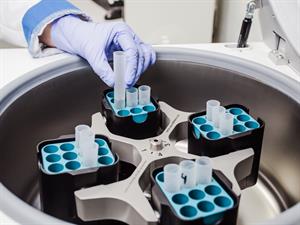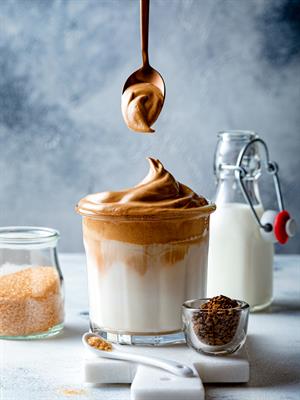PDF chapter test TRY NOW
We can use various methods to separate the mixtures. Here, we explore centrifugation the widely used methods to separate the mixture.
Centrifugation:
Centrifugation method separate two materials of different densities by spinning them together. When insoluble particulates are found in a dissolved solution, they are better used to isolate products of similar densities.
Principle:
The centrifugal acceleration causes denser particles to move outward in the radial direction. At the same time, less dense particles being displaced and move towards the centre.

Centrifugation
Function:
- The fine insoluble solids from a solid-liquid mixture can be separated in a machine and called a centrifugate in the process.
- The machine rotates at a very high speed. The heavier solid particles move down on being rotated due to centrifugal force, and the lighter liquid remains at the top.
Example:
Let us now check how can we separate the milk from cream using centrifugation technique.
Step 1: Fill a test tube halfway with full-cream milk.
Step 2: Centrifugate it for two minutes in a centrifugate pump. If you don't have access to a centrifuging machine at school, you can do this task at home using a milk churner.
Observation: A heterogeneous solution is obtained after centrifugation.

Cream milk
Result: The denser milk settles at the bottom, and the lighter cream floats on the top.
Applications:
- In pathological lab centre, they use this principle to separate the blood cells from the blood samples.
- We can use this process to separate the cream from the milk.
- Washing machines follow the same principle to separate the water from wet clothes.
